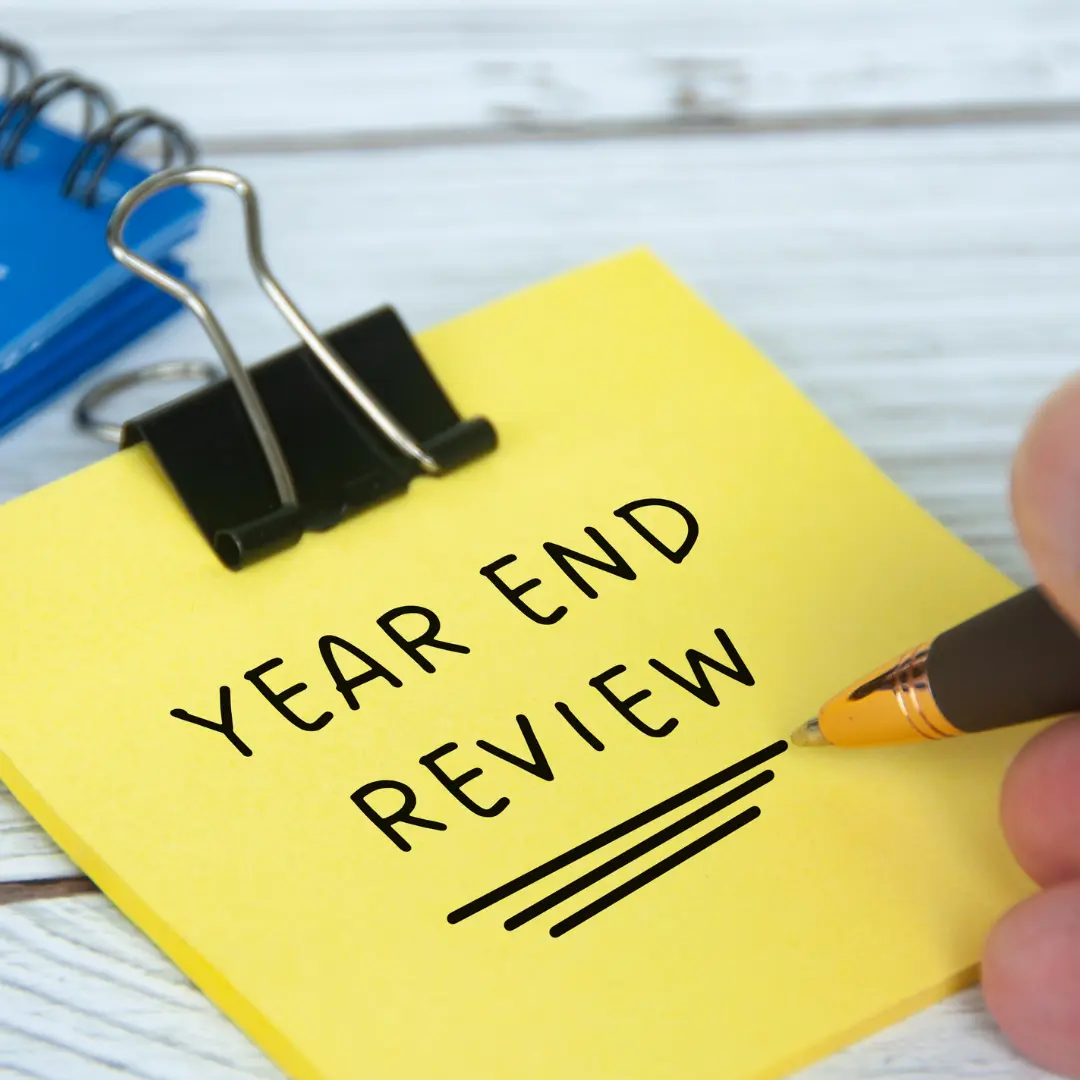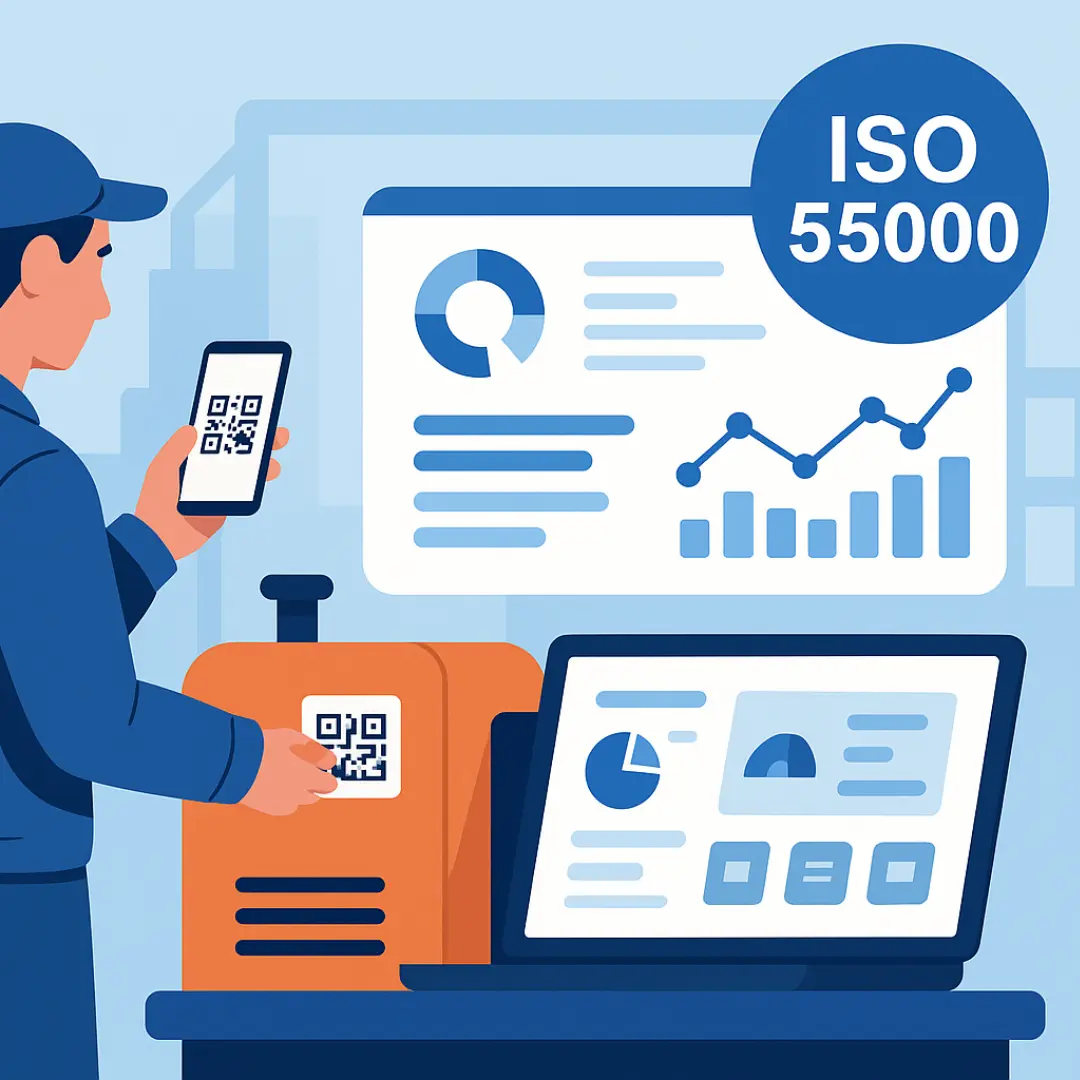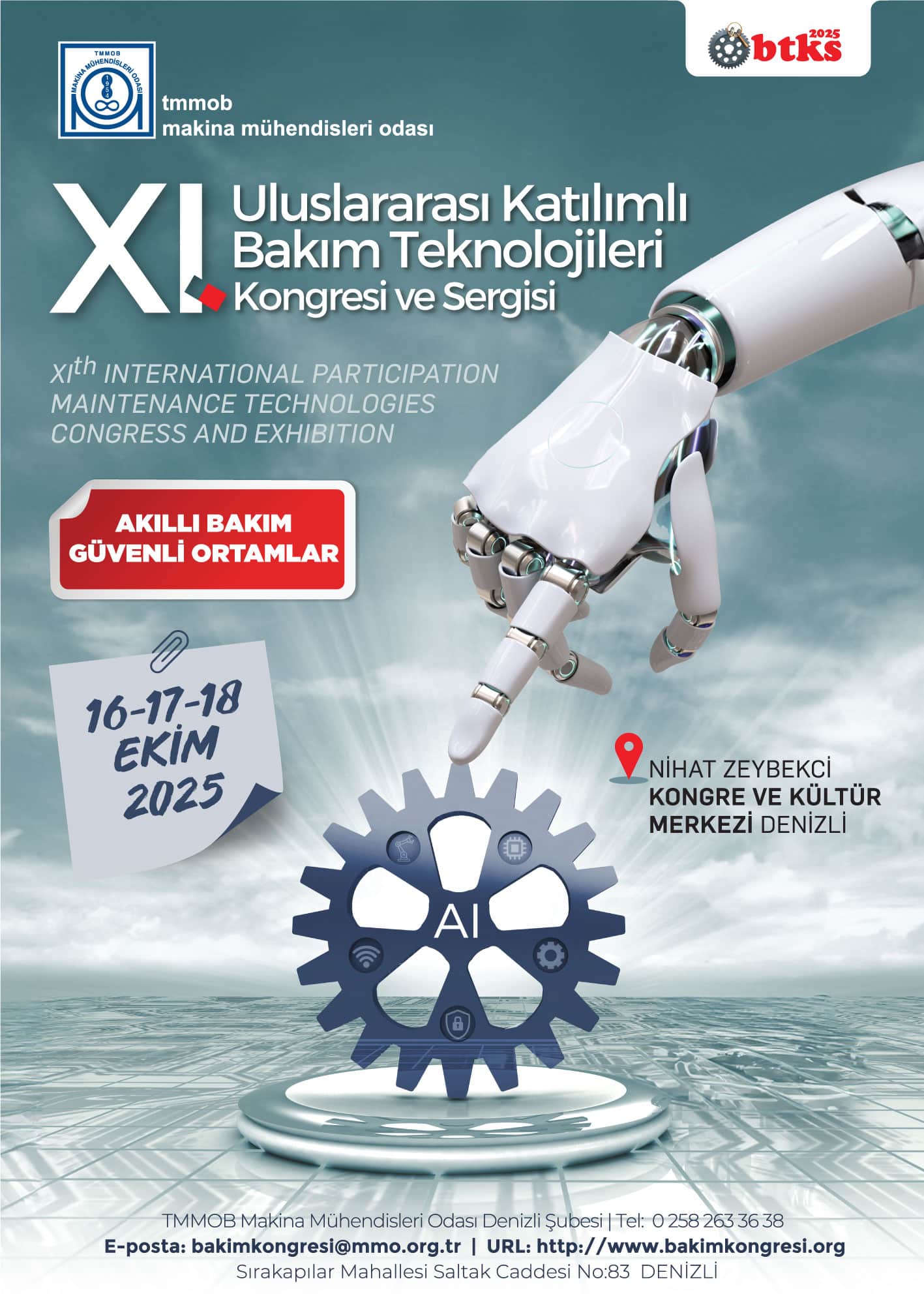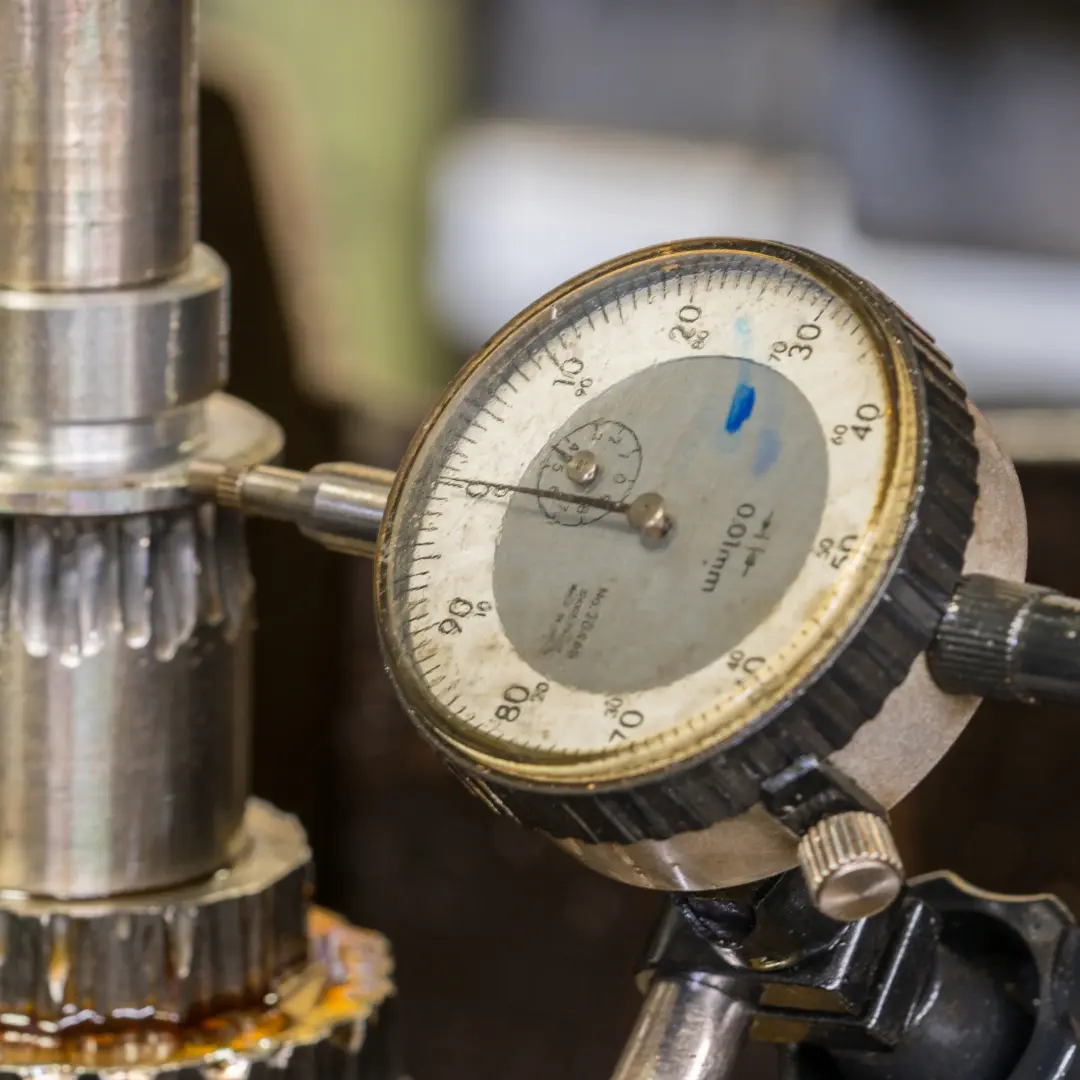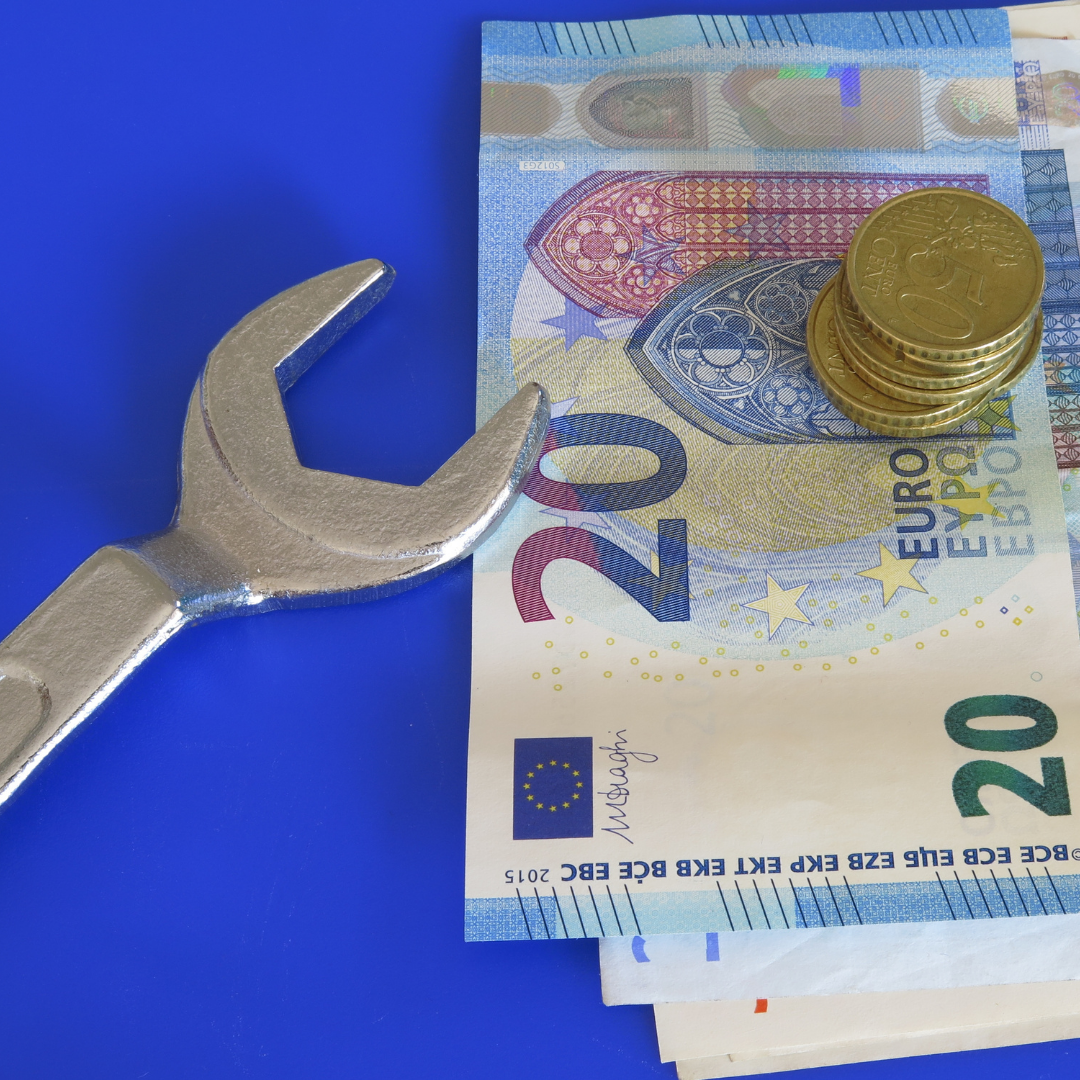How to Prepare for a More Efficient 2026 ?
Closing the Year Strong with a Strategic Review
As the year draws to a close, successful maintenance departments know that December isn’t just about wrapping things up . December is about laying the groundwork for next year’s performance. A strong year-end maintenance strategy helps you understand what worked, what didn’t, and where to focus your efforts in 2026.

1. Review Key Maintenance KPIs and Performance Trends
A successful year-end strategy begins with a clear understanding of your key performance indicators (KPIs). These metrics provide a factual foundation for evaluating how effectively your maintenance program performed throughout the year.
Core KPIs to Review:
- Work Order Completion Rate: Measures how efficiently your team responds to and completes maintenance tasks. A high completion rate indicates strong execution, while delays or backlogs may signal workload imbalances or resource gaps.
- Mean Time to Repair (MTTR): Shows how quickly your team can restore equipment after a breakdown. Tracking MTTR across asset categories helps identify bottlenecks and training needs.
- Mean Time Between Failures (MTBF): Reflects asset reliability and performance consistency. A decreasing MTBF may indicate wear, improper usage, or the need for updated preventive strategies.
- Preventive vs. Corrective Maintenance Ratio: Reveals your maintenance maturity level. A higher preventive ratio means more planned activities and less unplanned downtime.
- Maintenance Cost vs. Budget: Measures financial control and helps determine whether resources were spent efficiently across spare parts, labor, and external services.
- Downtime Hours: Quantifies the impact of equipment unavailability on production or operations. Understanding downtime trends helps justify investments in reliability and automation.
Analyzing these KPIs together provides a comprehensive view of operational health and efficiency. When tracked consistently, they form the backbone of an evidence-based maintenance strategy.
2. Identify Recurring Failures and Their Root Causes
Recurring failures are one of the most significant obstacles to reliability and cost efficiency. They consume technician hours, increase spare part usage, and reduce productivity.
Year-end is the ideal time to perform a failure pattern analysis. Review maintenance history and identify assets or systems with repeated breakdowns. Look for commonalities — specific components, operators, shifts, or environmental conditions that might be contributing factors.
Performing a root cause analysis (RCA) helps determine whether issues arise from mechanical defects, maintenance process gaps, or external conditions. Once the root cause is identified, corrective and preventive measures can be established, preventing the same problem from reoccurring in the new year.
3. Update and Optimize Preventive Maintenance Plans
A proactive maintenance culture depends on strong preventive planning. As approaching the new year, it’s crucial to review the effectiveness of existing PM schedules.
Ask key questions such as:
- Were PM tasks executed as planned?
- Did preventive interventions successfully reduce breakdowns?
- Are current intervals aligned with asset usage and performance?
Based on these insights, update your PM schedules for Q1. Introduce new inspections for high-risk assets and adjust intervals where over-maintenance is observed. CMMS platforms can simplify this process by generating data-driven schedules and automated work orders.
Effective preventive planning ensures that your team enters 2026 with a clear roadmap, reduced emergency repairs, and greater operational stability.
4. Reassess Maintenance Budgets and Resource Allocation
Financial review is another essential part of the year-end strategy. Understanding how maintenance costs aligned with budgets provides clarity on where efficiencies can be gained.
Break down maintenance expenditures into key categories:
- Labor costs: hours spent on preventive vs. corrective work.
- Spare parts and inventory: turnover rate, stock accuracy, and obsolete materials.
- External services: cost of contractors or specialized interventions.
- Downtime costs: production or service losses due to maintenance-related stoppages.
Analyzing this data highlights overspending areas and helps establish a more balanced budget for 2026. It also supports justifying future investments — whether in training, tools, or technology — by linking them to measurable improvements in performance and reliability.
5. Evaluate Team Performance and Skill Development
The success of any maintenance program depends on people. Year-end evaluations should include an assessment of the team’s skill levels, workload distribution, and productivity.
Review technician performance metrics such as response times, completed tasks, and first-time fix rates. Identify areas where additional training or upskilling could enhance efficiency. For example, advanced diagnostics, safety standards, or digital maintenance tools.
Recognizing achievements and investing in development strengthens engagement, fosters accountability, and prepares your workforce for more complex challenges in the coming year.
6. Turn Data into a 2026 Maintenance Strategy
All the information gathered from KPIs, budgets, failures, and team reviews should converge into one actionable outcome. Your 2026 maintenance strategy.
This strategy should include:
- Clearly defined performance goals (e.g., reduce downtime by 10%, increase PM compliance by 15%).
- Asset reliability targets based on MTBF trends.
- Budget allocations guided by 2025 financial insights.
- Digital transformation objectives such as IoT integration, mobile accessibility, or predictive analytics adoption.
Using data to guide your decision-making ensures that your maintenance function evolves from reactive problem-solving to proactive, strategic asset management.
The end of the year is more than a reporting period. It’s an opportunity for renewal. By systematically reviewing performance, identifying inefficiencies, and refining preventive and financial strategies, maintenance leaders can transform experience into excellence.
A well-prepared year-end review not only closes the current chapter with confidence but also opens 2026 with clarity, control, and momentum.
Reflect, evaluate, and prepare — because efficient maintenance starts with informed decisions.
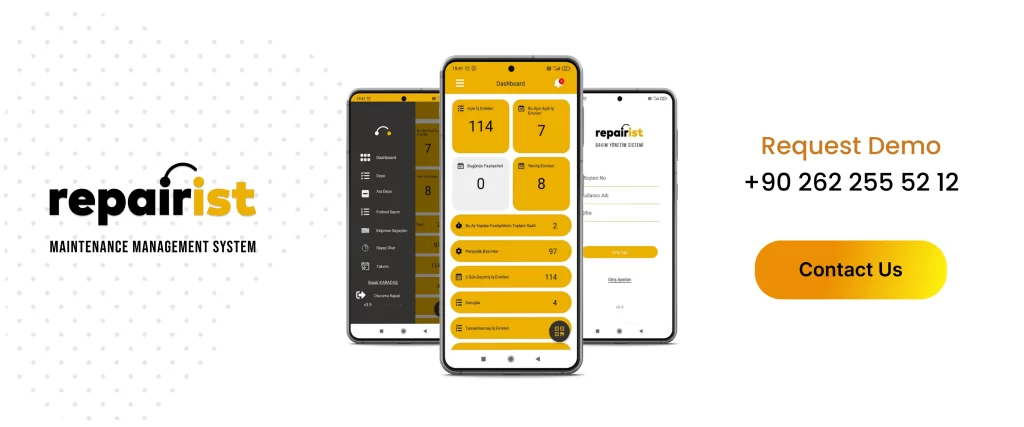
Next Steps
Have you received sufficient information about “Year-End Maintenance Strategy” ?
repairist is here to help you. We answer your questions about the Maintenance Management System and provide information about the main features and benefits of the software. We help you access the repairist demo and even get a free trial.
Aybit Technology Inc.

